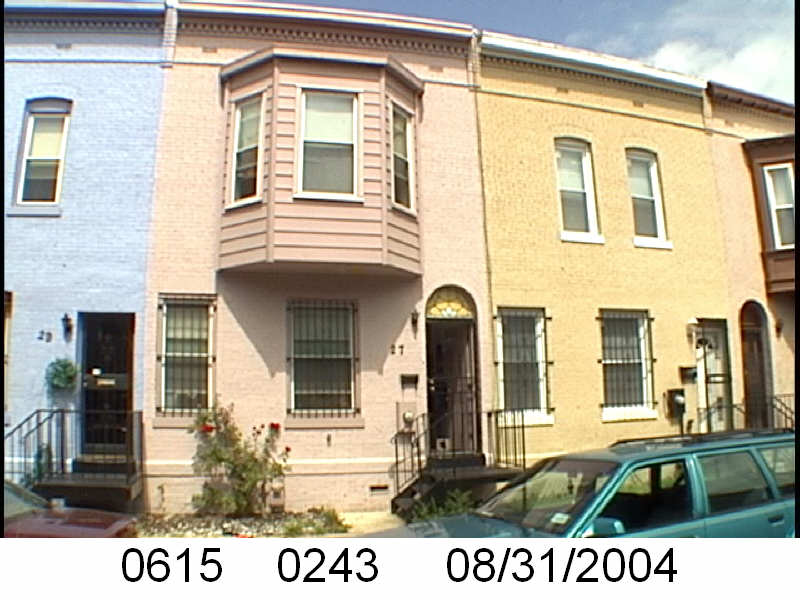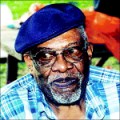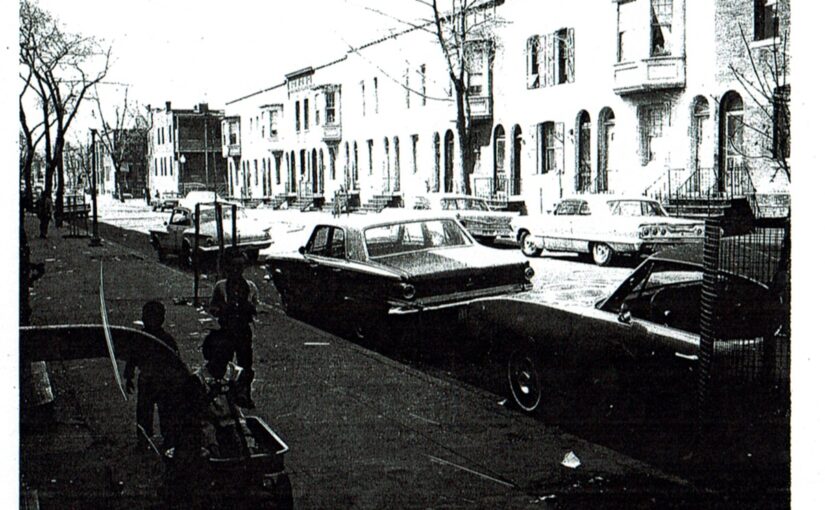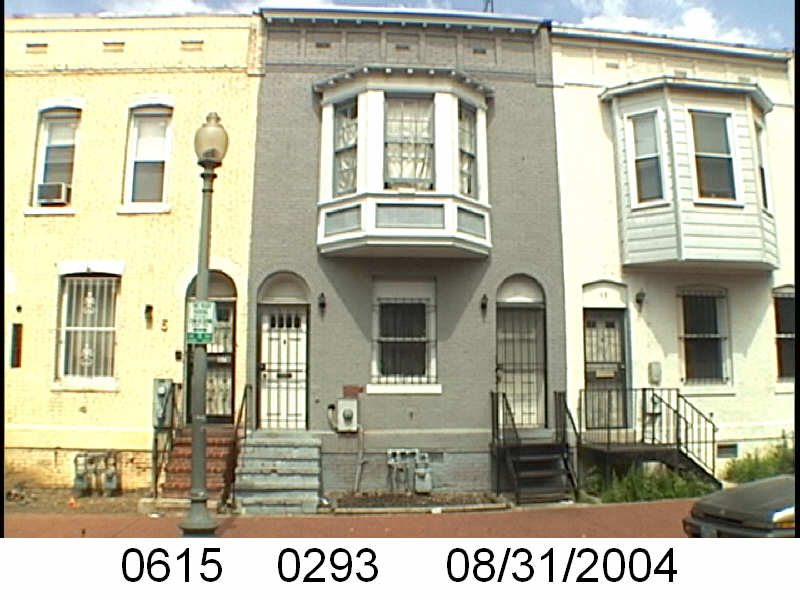In lieu of a February Black History post, WSIC continues, because it is Black History.
The Washington Sanitary Improvement Company (WSIC) was a late 19th century charitable capitalism experiment that ended in the 1950s. This blog started looking at the homes that were supposed to be sold to African American home buyers, after decades of mainly renting to white tenants.
Looking at WSIC properties they tend to have a pattern where the properties were sold to a three business partners, Nathaniel J. Taube, Nathan Levin and James B. Evans as the Colonial Investment Co. for $3 million dollars. Those partners sold to African American buyers. There was usually a foreclosure. In 1956 Nathan Levin died and Colonial Inv. Co. vice president Harry A. Badt took his place in the foreclosure paperwork. Then the property wound up in the hands of George Basiliko and or the DC Redevelopment Land Agency (RLA). Then there were the odd lucky ones who managed to avoid that fate.
Let’s see what happens with 27 Bates St NW:
- December 1950 (recorded February 1951) Evans, Levin and Taube sold one-half of 27 Bates St NW to Elizabeth and Theafers Kidd.
- December 1950 the Kidds borrowed $1,900 from Colonial Investment Co. favorite trustees Abraham H. Levin and Robert G. Weightman.
- March 1956, the Kidds lost their half (the other half wasn’t sold) to foreclosure and Evans, Levin, and Taube repossessed the property via an auction.
- March 1959 (doc# 1959019387) Badt, Evans, Taube, Nathan Levin’s survivors and their spouses sold 27 Bates St NW and other properties on the block to Sophia and George Basiliko.
- Between 1971-1972 Basiliko was released from three mortgages and the next document has the DC Redevelopment Land Agency (RLA) as the owner, so we are left to assume around 1970 Basiliko sold the property to RLA.
- Around 1978 the DC RLA sold/transferred this and other properties to the Bates Street Associates. A contract (doc #7800024140) DC RLA and Bates Street Associates, Inc hints to a deed I can’t locate.
So that was a bit unusual. The loan $1900 was the lowest price I’ve seen, but even then, there was a foreclosure. Then the usual pattern goes on as the property passed from Basiliko, to DC RLA then to Bates Street Associates.
Theafers Kidd was a 25 year old African American truck driver for a food store when he and wife Elizabeth (nee Stevenson) purchased half of 27 Bates Street NW. Mr. Kidd’s first name has several variations. With Social Security it is Theafers and Thofice. I have found Thofice, Theafeis, Theafus, and Theophilus. Whatever his name was he was born March 27, 1925 to Daw Kidd and Dannie Porter in Lower Crack /Low Peach Tree, Alabama.
He and Elizabeth married March 5, 1945 in Jefferson. AL. They must have made their way to DC as they and their children appear in the 1950 census. In the 1950 census the family lived at 3624 11th St NW Apt. 10. Mr. Kidd was a truck driver. Mrs. Kidd was a housewife caring for their two children, 4 year old Anna and infant Theofus Jr.












